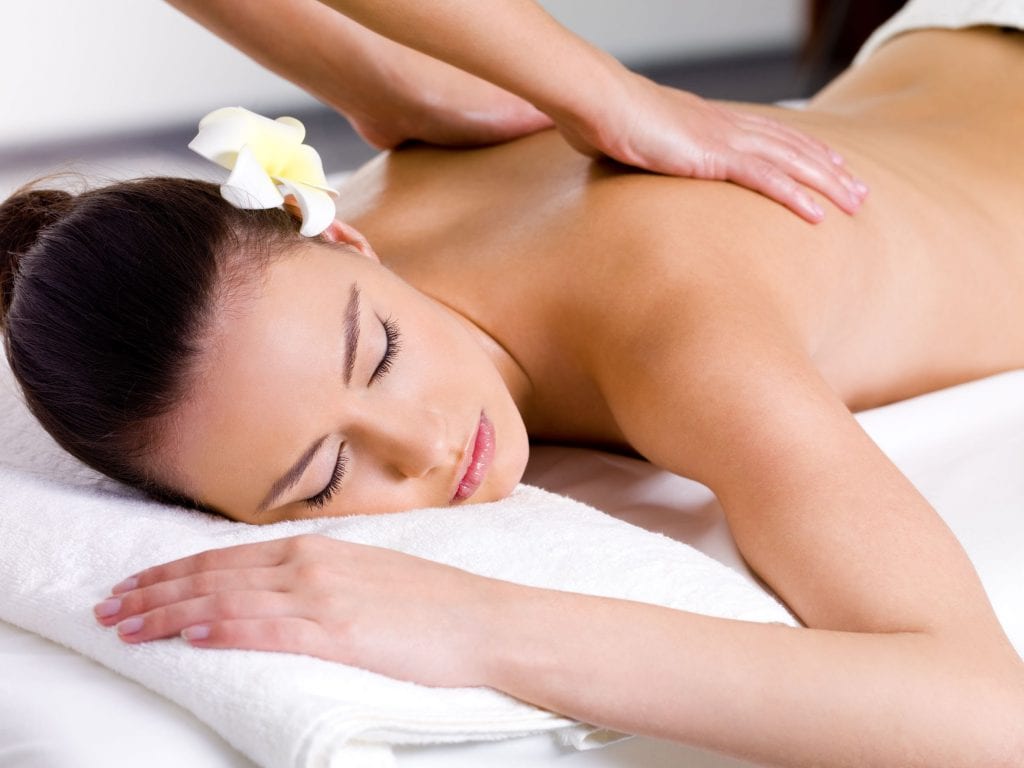Massages are a form of relaxation that manipulates the body’s soft tissue to promote and increase oxygen and blood flow, relax the tissue, and decrease pain. Though there are over 80 massage techniques masseuses can apply, arguably the two most popular ones are Swedish massage and deep tissue massage.
The question quickly becomes, which is better? A Swedish massage, or a deep tissue massage? Mainly, the answer is dependent on personal preferences and pain tolerance.
In general, a Swedish massage involves long, gentle, gliding strokes, acting as a relaxing but low pain entry into the world of massage. On the other hand, a deep tissue massage revolves around slow, deep, intense strokes that target high-tension areas and work to loosen knots and relieve pain — though it may cause more pain along the way.
To determine which massage would benefit you the most, the most significant factor to consider is intended use and what problems you’d like addressed, in addition to pain tolerance.
Swedish vs. Deep Tissue
Swedish massages are designed for leisure and general relaxation and are said to help manage general anxiety disorders. Those who sign up for a Swedish massage are looking to reduce stress, enhance relaxation, boost the immune system, manage stress and anxiety, and improve flexibility and body posture.
Deep tissue, on the other hand, is most frequently used by those recovering from muscle-related injuries. It’s typically used to apply targeted relief to help relieve chronic ailments and injuries to realign the muscles. However, deep tissue can become very painful when a masseuse is working on a muscle knot, so communicating your pain tolerance and letting the massage therapist know your threshold is critical.
Both massages require a similar preparation, which generally includes:
- Staying relaxed before, during, and after the session.
- Eating light — Don’t consume a heavy meal before the massage, and wait at least an hour for food to digest, as it’s uncomfortable to lay on a bloated stomach.
- Wearing loose clothing — You will be asked to undress to your comfort level, and you don’t want your clothing to stick to the massage oil afterward.
- Communicating — Let your massage therapist know any problems you have, sensitive spots, or injuries you may have. Though Swedish massages use less pressure than deep tissue, it can still get uncomfortable.
The only difference in preparation for a deep tissue massage is discussing the pressure level you’d like with your therapist. Remember, your massage therapist is there to help you relax; they can’t do that if you’re uncomfortable and not communicating with them.
Final Thoughts
Both types of massages have their place in the relaxation world, and it’s an intimate experience where comfort is at the type of your mind. There’s a variety of factors to consider, including what sort of preparation you’re willing to put in, what experience you’d like, and any problem areas of your body that you’d like to address.
Ultimately, the best and most effective type of massage comes down to personal preference. While athletes or others suffering from sports injuries, deep tissue is the best way to relieve muscle tension and promote recirculation. Swedish massages are better suited to those who are merely seeking out a relaxing experience, with a couple of added mental health benefits.









